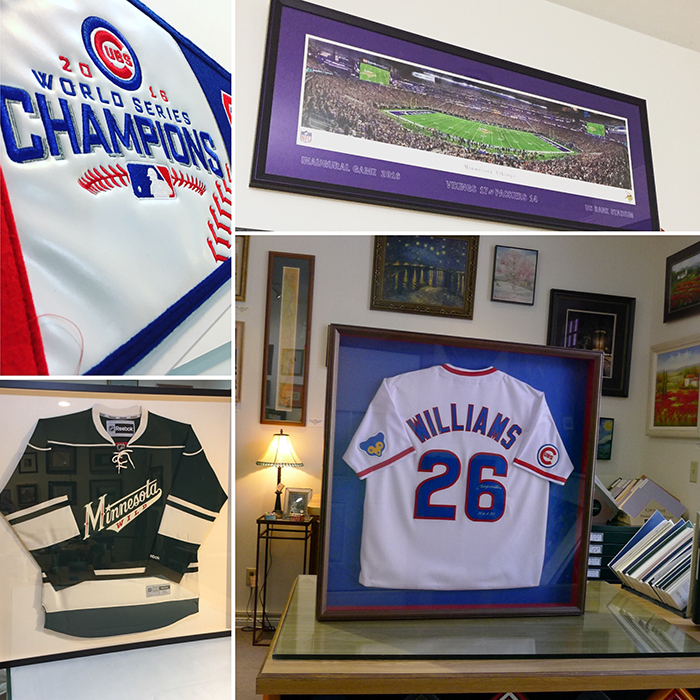Happy Holidays from Valerie, John, and Clare. We are grateful for your business and friendship, and look forward to seeing you soon! In the meantime, sing along…












Happy Holidays from Valerie, John, and Clare. We are grateful for your business and friendship, and look forward to seeing you soon! In the meantime, sing along…












This is really a lot less about Van Gogh and more about a printing technology that we are experimenting with.
The Red Wing Digital Acrylic Print has an interesting visual effect that provides a sense of depth. It is mostly a light refraction effect, but it is also a visual acuity effect.
Click on the image above and notice the impasto brush strokes and notice how the shadows are consistent. This is very important. If it wasn’t consistent, your mind would tell you something is amiss or artificial.
The light refraction and visual acuity effect is diagrammed below. It isn’t complicated, just think about how things look bigger in a glass of water. Or find a 5th grader to explain it. 🙂
The bottom line is; light gets bent, things look bigger and clarity improves.
Bada-bing. Bada-boom.
This is a side project.
Vincent van Gogh would occasionally use an impasto painting technique, whereby he would use a heavy application of oils on the painting, which gives the painting a sense of depth. The visible brush strokes also contribute because the brush strokes can elevate the drama of the painting.
The Red Wing Digital Acrylic Print is well suited for this type of reproduction. The acrylic layer helps bend the light and provides a sense of depth to the image.
The above image is the second step in creating an Acrylic Print. After the print is created, an optically clear layer is applied to the top of the print. This layer bonds the front surface of the print to the top surface of the acrylic.